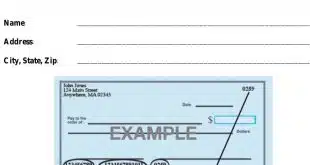The estimated number of U.S. ATMs—including those deployed by financial institutions and independent operators, and branded machines—increased 10.5% to at least 475,000 and as many as 500,000, the ATM Industry Association said this week.
The previous estimate, released in 2015, was 430,000, says David Tente, ATMIA’s executive director for the United States and Latin America. Tente says this growth comes after a period of stagnation that was likely influenced by distractions posed by a massive migration to the next version of Microsoft Corp.’s Windows operating system and a complex move to EMV chip cards across the payments industry.

But, other challenges have surfaced for ATM operators as the major card brands, aligned with wallet providers like PayPal Holdings Inc., Apple Inc., Google, and Samsung Electronics Co. Ltd., have promoted services to displace low-value cash transactions.
The role of ATMs will not go away, Tente says, but it is evolving. “We’re already seeing that most discussions about branch transformation include ATMs and other self-service options as a pivotal element of the strategy,” Tente tells Digital Transactions News via email. “And leading independents are all opening up to the idea of additional transaction types on retail ATMs, particularly things like money-transfer options.”
The ATMIA this week also released documentation outlining a blueprint for the next generation of ATMs. It incorporates requirements and expectations of operators from around the globe, while factoring in consumer technologies like banking apps, cardless ATM access, near-field communication, and biometric authentication.




